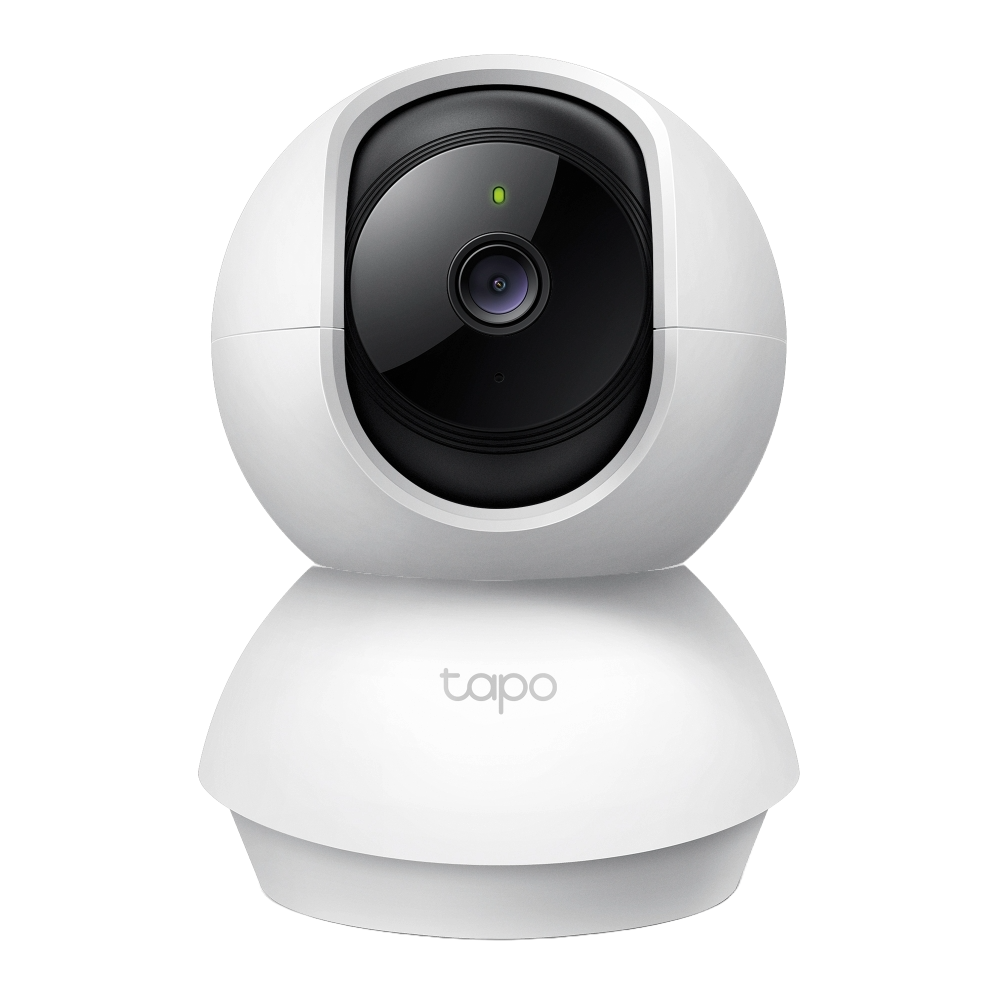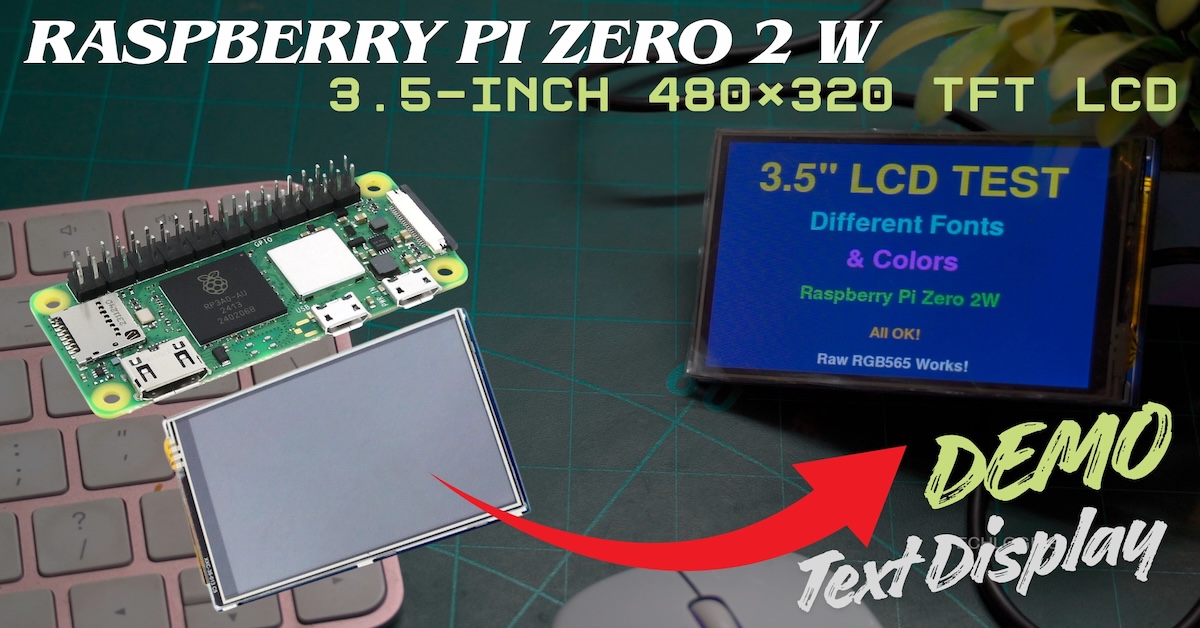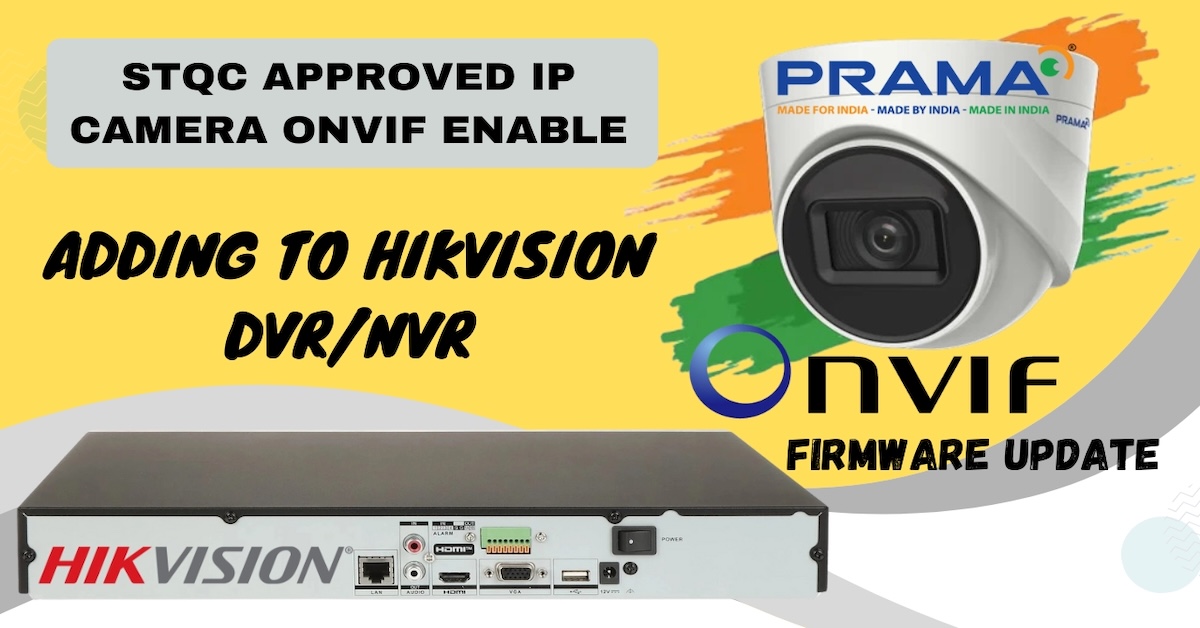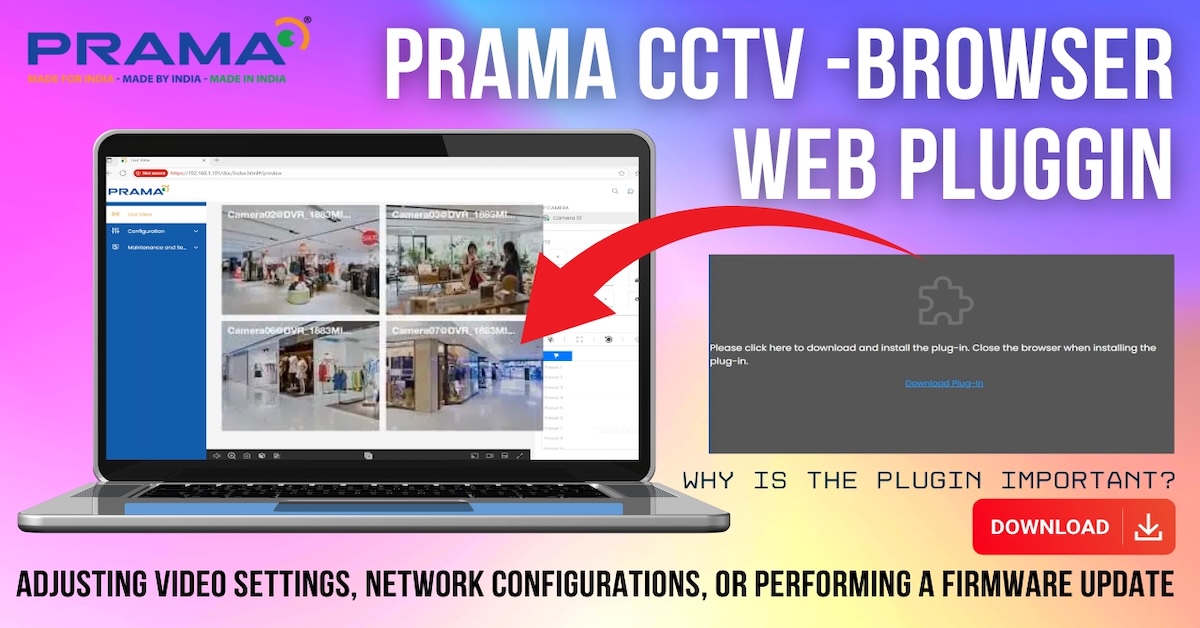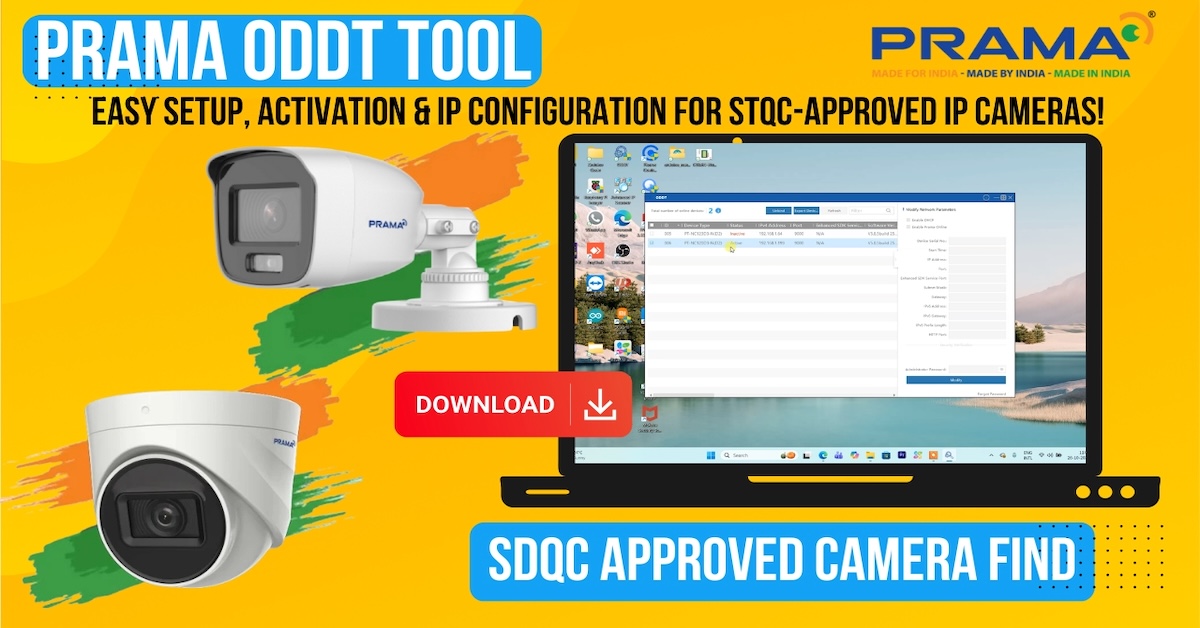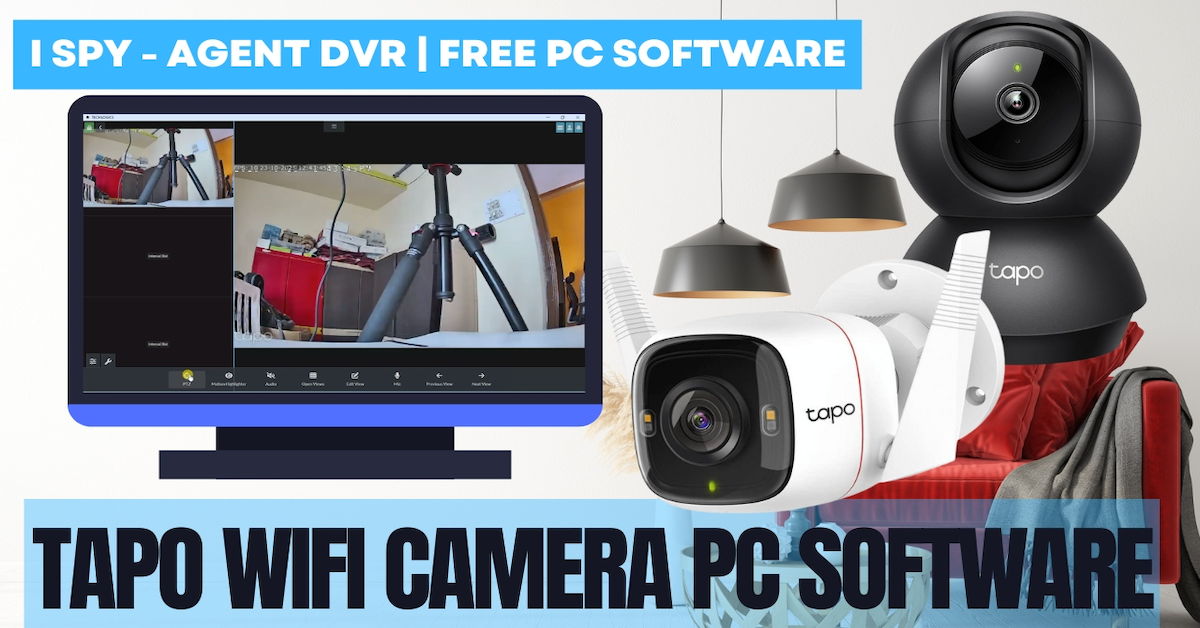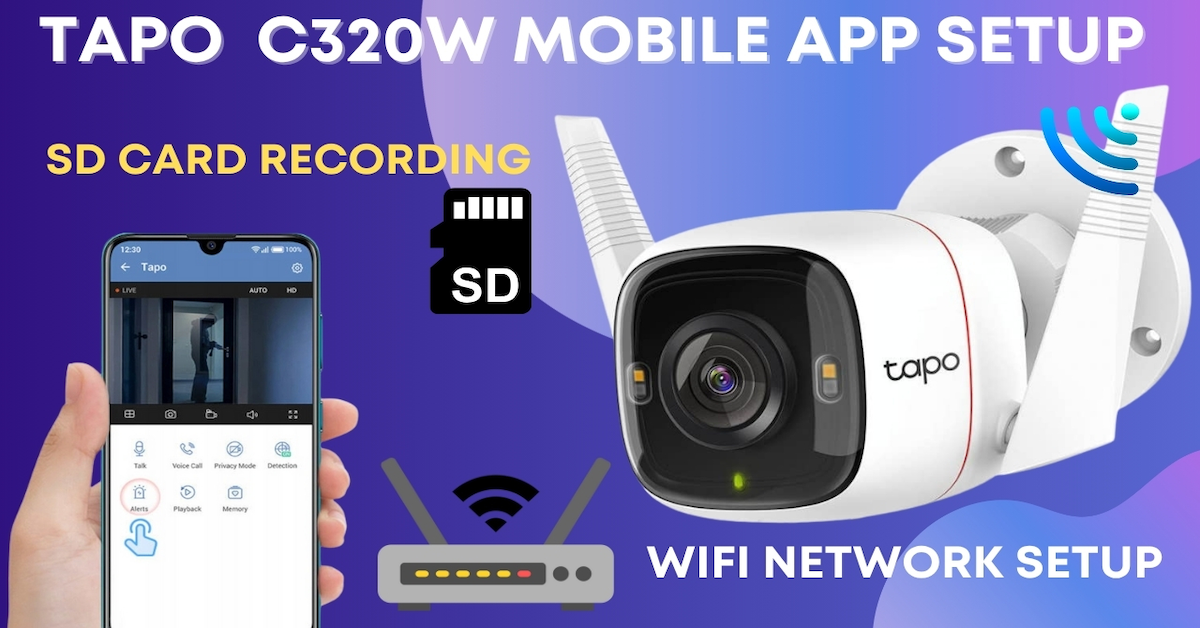Welcome back to TECH LOGICS! In our ongoing series on Hikvision 4G PT Network Cameras, we’re diving into the essential steps for maximizing your camera’s potential. In our previous post, we covered the initial setup and installation process. If you missed it, check it out for a comprehensive guide to getting started.
Today, we’re focusing on a critical feature: setting up local storage using a memory card. This allows you to record and store footage directly on the camera, ensuring a reliable backup even if your internet connection falters. Let’s walk through the process step-by-step.
Prerequisites
Before we begin, ensure the following:
- A memory card is properly installed in your Hikvision camera.
- The camera is powered on.
- Your PC/laptop and the camera are connected to the same router or modem.

Step 1: Access the Camera’s Web Interface
To configure your camera, you’ll need to access its settings via a web browser:
- Find the Camera’s IP Address:
- Use the SADP software on your PC or laptop.
- Run SADP, locate your camera in the list, and note its IP address.
- Log In to the Camera:
- Open your web browser and enter the camera’s IP address in the address bar.
- When prompted, enter the admin credentials:
- Username: Usually admin.
- Password: The one you set in SADP during initial setup.
- Install the Web Plugin:
- Once logged in, you’ll see the camera’s web interface.
- To view live footage, install the required plugin. If you’re unsure how, check out our detailed tutorial for step-by-step instructions.

Step 2: Configure Storage Settings
With the live feed visible, let’s set up the memory card for recording:
- Navigate to Storage Management:
- Go to Configuration > Storage > Storage Management.
- In the HDD Management section, check if the SD card is recognized. You’ll see details like:
- Storage capacity
- Free space
- Current status
- Verify SD Card Status:
- Ensure the SD card status shows as Healthy and has sufficient free space.
- If the card isn’t recognized or shows errors, verify its insertion or consider formatting it.
- Format the SD Card (if needed):
- In the Storage Management menu, locate your SD card and tick the checkbox next to it.
- If the status shows Uninitialized, the card needs formatting.
- Click the Format button to initialize the card.
- Once complete, the status will change to Normal, and the free space will reflect the card’s full capacity. Note: Formatting erases all previous data, so ensure you’ve backed up any important files.
- Configure Recording Settings:
- In the same menu, set up recording preferences based on your needs:
- Continuous recording: Records all the time.
- Motion detection recording: Records only when motion is detected.
- Scheduled recording: Records during specific time slots.
- In the same menu, set up recording preferences based on your needs:


Step 3: Set Up a Recording Schedule
To optimize storage and tailor recordings to your needs, configure a weekly recording schedule:
- Access Schedule Settings:
- Navigate to Configuration > Storage > Schedule Settings.
- You’ll see a grid representing each day of the week and each hour of the day.
- Customize the Schedule:
- Choose between Continuous or Motion Detection recording.
- Drag your cursor over the desired days and hours to set the schedule.
- For example:
- Blue blocks: Indicate continuous recording.
- Maroon blocks: Indicate motion detection recording.
- Save the Schedule:
- After setting your preferred times, click Apply to save the schedule.
- This ensures the camera records exactly when and how you want, maximizing storage efficiency.

Step 4: Accessing Recorded Footage
Once your camera is recording, you can access the footage in several ways:
- Hik-Connect Mobile App: View recordings on your phone.
- Web Browser: Access footage directly via the camera’s web interface.
- IVMS-4200 Software: Use this PC software for playback and management.
In this guide, we demonstrated how to review footage using IVMS-4200, which offers a convenient way to manage recordings from your computer. Stay tuned for our next tutorial, where we’ll show you how to add your camera to IVMS-4200 and access live feeds and playback options.

Why Local Storage Matters
Setting up local storage ensures your Hikvision camera remains functional even during internet disruptions. It’s a simple yet powerful way to maintain security and keep your footage accessible. Formatting the SD card is especially important for first-time use or troubleshooting errors, ensuring smooth operation.
What’s Next?
In the next part of our series, we’ll guide you through adding your camera to the IVMS-4200 software for seamless remote viewing and management. We’ll cover live video feeds, playback options, and more to make managing your camera a breeze.
Support Our Content
If you found this guide helpful, please consider supporting us! Your likes, shares, and subscriptions motivate us to create more in-depth tutorials. Join our community, share your feedback, and stay tuned for more tips on mastering your Hikvision 4G PT Network Camera.
Thank you for reading, and we’ll see you in the next post!
